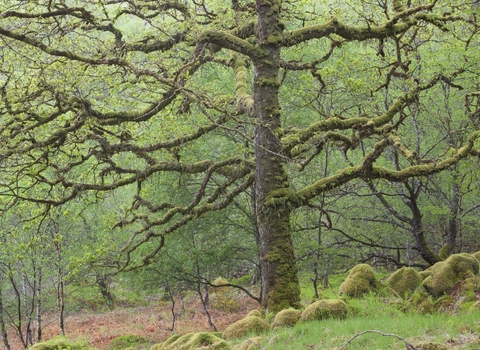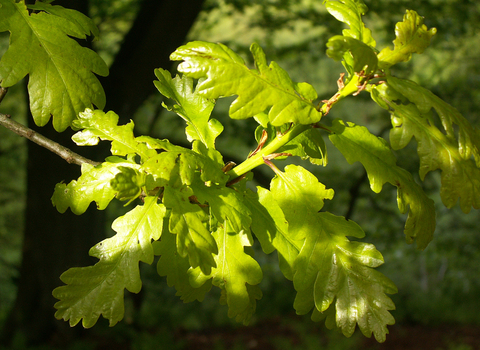
©Peter Cairns/2020VISION

©Phil Champion
Sessile oak
The Sessile oak is so-called because its acorns are not held on stalks like those of the familiar English oak. It can be found in woodlands mainly in the north and west of the UK.

©Peter Cairns/2020VISION

©Phil Champion